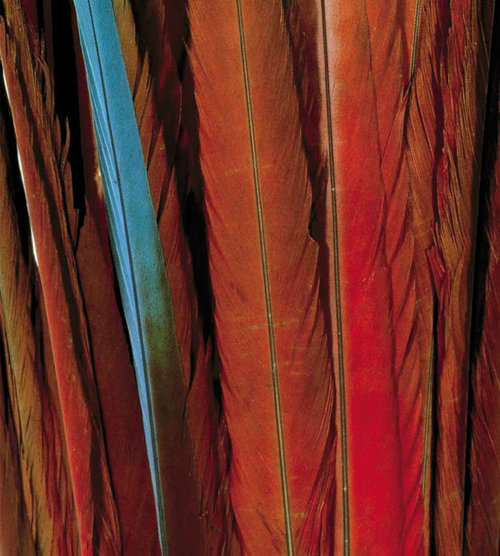Encompassing the Globe
dal 25/10/2007 al 2/2/2008
Segnalato da
25/10/2007
Encompassing the Globe
Bozar - Centre for Fine Arts, Bruxelles
Portugal and the world in the 16th and the 17th centuries. The paintings, sculptures, manuscripts, maps, early books, curiosities and other objects assembled in the exhibition provides a rich image of a new world during its formation. The display consists of different sections which focus on Portugal, West and Central Africa, Brazil, the Indian Ocean, Japan and China. Curated by Jay A. Levenson.

Portugal and the world in the 16th and the 17th centuries
Curator: Jay A. Levenson
On the occasion of the Portuguese Presidency of the European Union Council, the
Centre for Fine Arts travels the world in the wake of the great voyages of discovery
with its exhibition Encompassing the Globe. The paintings, sculptures, manuscripts,
maps, early books, curiosities and other objects assembled in the exhibition will
provide a rich image of a "new world" during its formation.
The exhibition was on show at the Freer and Sackler Galleries (The Smithsonian
Institution) in Washington DC until the 16th of September, and has been praised by
Holland Cotter in his review for the New York Times as "... a show that glows like a
treasury, radiates like a compass and seems as rich with potential information as
the World Wide Web".
During the 16th and 17th centuries, adventurous Portuguese sailors hoisted the sails
and traveled the wide seas in search of new worlds and magnificent treasures. It did
not take long before the Portuguese empire extended from the Azores to East Timor,
creating a global trading network that extended from Europe to Brazil, Africa, the
Persian Gulf, India, Sri Lanka, Indonesia, China and Japan. The cultural exchanges
between the Portuguese and the territories "discovered" produced extraordinary works
of art, some intended for export and others for domestic enjoyment.
Encompassing the Globe presents no fewer than 180 artistic treasures which show the
diversity of the cultures that formed part of the Portuguese trading empire. The
exhibition consists of different sections which focus on Portugal, West and Central
Africa, Brazil, the Indian Ocean, Japan and China.
The introductory, and largest, section of the exhibition will focus on the
historical and scientific backgrounds to the voyages of discovery. This section will
focus on the revolutionary impact of the Portuguese discoveries on Europe and the
exchange of knowledge with the people whom the Portuguese encountered. Pictorial
maps, navigational instruments, rare manuscripts and early printed books take the
visitor on a journey in the wake of the great discoveries and show the rapidity by
which the Portuguese expanded their geographical knowledge.
A contemporary section takes a look at the sequel to the great discoveries: today's
globalization, with works by Berry Bickle, Ernesto Neto, João Pedro Vale and Antonio
Ole amongst others.
Among the highlights presented in the exhibition are exotic Kunstkammer objects
collected by the Habsburgers, the Medici and other princely families, assembled from
collections throughout Europe; rare 16th-century world maps by Portuguese and
Florentine cartographers; exquisite ivory hunting horns and saltcellars carved in
West and Central Africa for trade with the Portuguese; Indian mother-of-pearl
vessels that were given precious silver-gilt mounts when they arrived in Europe in
the 16th century; intricately carved crucifixes from Sri Lanka; a life-size oil
painting of a Brazilian cannibal; Namban screens that show Europeans as seen through
Japanese eyes; a large tapestry that depicts the discovery of India, etc.
The guest curator for Encompassing the Globe is Jay A. Levenson, director of the
International Program at New York's Museum of Modern Art, who is known for his
previous projects organized by the National Gallery of Art in Washington DC, Circa
1492: Art in the Age of Exploration (1992) and The Age of the Baroque in Portugal
(1993).
Opening 26 october 2007
Bozar Centre for Fine Arts
Rue Ravensteinstraat 23, Brussels
Tickets: 9 euro



